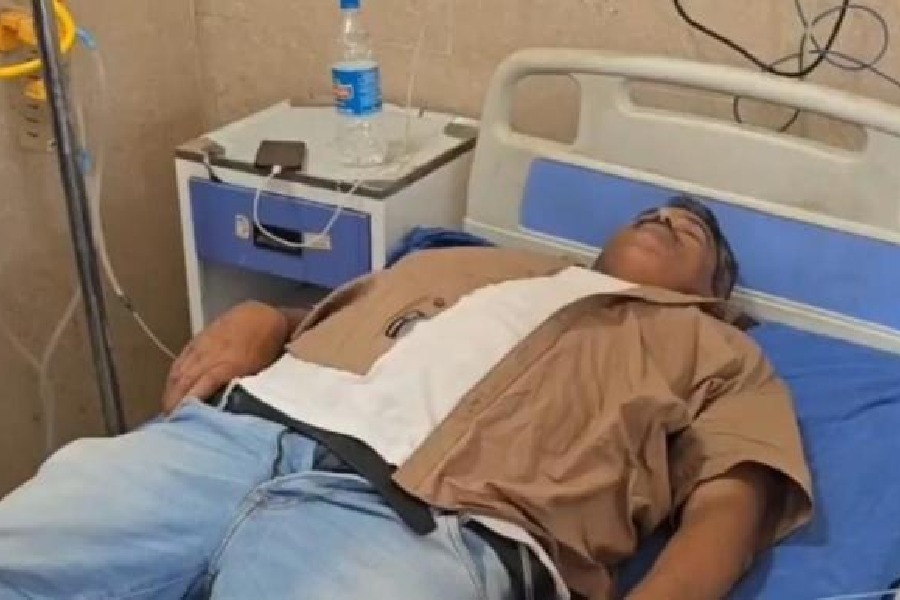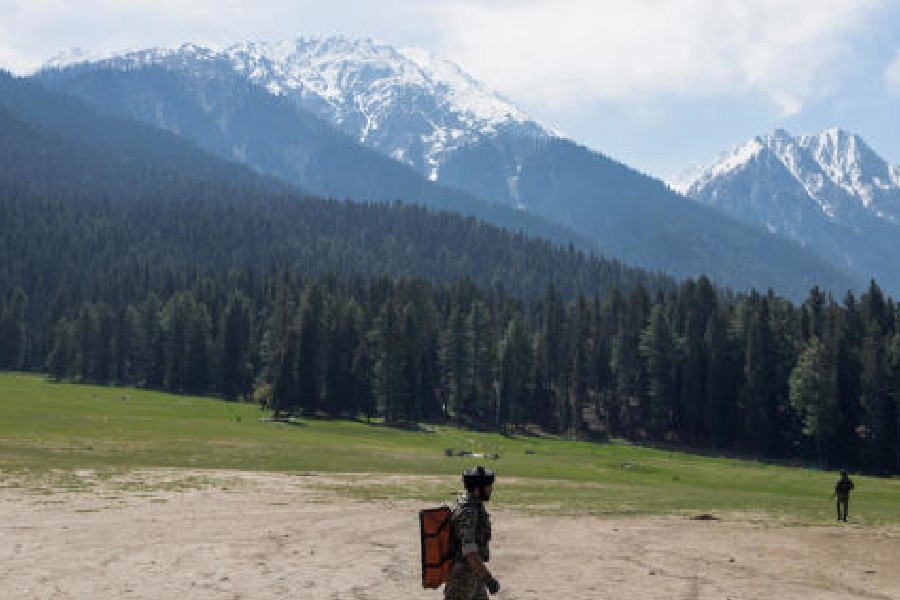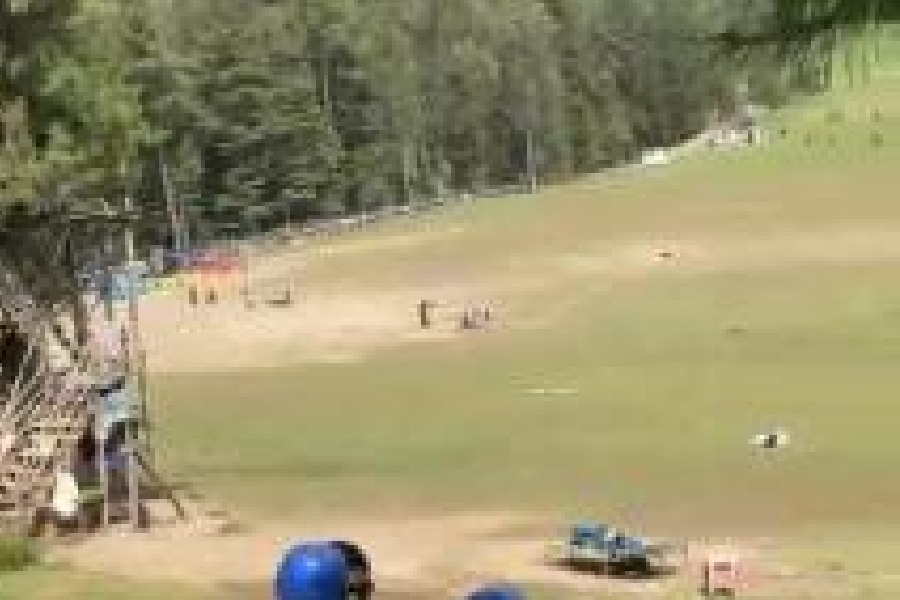 |
| Stephen Court on March 23 |
Fire facts
• Fire generally spreads from the place of its origin to neighbouring compartments through conduction, convection or radiation, engulfing the floor of origin and finally other floors.
• The common passages through which fire/smoke/heat spreads are: unsealed vertical service shafts, ceiling voids, AC ducts, and openings like doors, windows and ventilators.
• Fire in a highrise can cause smoke-logging in areas away from the seat of fire.
Fire-safety rule book
All buildings more than 14.5 metres high (four floors) need:
• Two sets of stairs on two sides for easy entry and exit.
• A lift.
• An additional water reservoir for firefighting.
• Easy passage to the roof for all occupants.
• Fire exit doors leading to the escape route.
• No wooden stairs.
• A fire alarm system. Anyone discovering the fire should immediately call the fire brigade and for that the building owner/occupier shall provide manual call point systems to alert the occupants.
• The electrical shaft, electrical mains or meter not to be placed in front of the staircase or underneath the staircase used for exit.
• The electrical shaft, electrical mains and meter should be away from the building in a separate meter room, never in the way of the exit from the building.
• Exit signs and floor number signs should be placed on all floors.
• The basement must not be used for any other purpose except parking.
If these norms are being flouted, you the occupant can alert the fire brigade (write to the director-general of West Bengal Fire and Emergency Services at 13D Mirza Ghalib Street, Calcutta 16) or/and the Calcutta Municipal Corporation (call the control room at 2286 1212/1313/1414 and ask for the director-general, buildings).
First line of defence for residents
Early detection of fire through smoke detectors and heat detectors.
Second line of defence for residents
Suppress fire through CO2 systems, pressurised sprinklers, fire hydrants, dampers in AC ducts, wet-risers for easy access to water high up and water reservoir.
Last line of defence
Evacuation system through pressurised staircases, multiple exits, access to roof and other open spaces in the building, emergency exits and evacuation chutes.
Advanced fire-protection system (passive)
• Compartmentation: This is about limiting the fire to the place of origin. It can be achieved only if impervious composite materials (able to withstand fire for two hours) are used. Arresting the spread of smoke also gives occupants more time to escape.
• Use non-combustible building materials: As far as feasible, only non-combustible materials should be used in construction and furnishing. For instance, cement asbestos instead of wooden panels; “aerocon” blocks (lightweight and fire retardant) instead of clay bricks.
• Ensure sufficient capacity of electric power: Calculate the total power requirement of electrical fixtures and get adequate power to avoid overload and short-circuit.
Advanced fire-protection system (active)
• To suppress and extinguish a fire: Automatic sprinkler system, CO2 and total-flooding system, and water spray system.
• To alert and aid occupants to evacuate: Manually operated electric fire-alarm system, talk-back system and public address system.
• To aid occupants and fire-fighters to douse the flames: Fire extinguishers and hose-reels, wet-riser and yard hydrants.
Fire drill
• Form a group to tackle an emergency with clearly defined responsibilities.
• Identify risk and danger.
• Design a contingency plan of do and don’t in case of a fire.
• Conduct periodic drills to shortlist the errors in the occupants’ and staff’s response.
• Follow good housekeeping practices that help minimise the outbreak of fire and keep escape routes free from obstruction.
• Maintain schedules for fire-protection systems to retain operating efficiency.
• Train staff to ensure correct operating procedures on discovering a fire, raising an alarm, informing the fire brigade, assisting in evacuation, reporting of faults, and use of fire-protection equipment.
• Run safety audits.
In case of fire, ensure
• Automatic return of elevators to the ground floor.
• Starting of water pumps and emergency generators.
• Activation of automatic suppressing equipment like jockey pumps to send water to the higher floors and the sprinkler system through a dedicated generator.
• People stay calm and find their way to the nearest exit points or the emergency staircase.
• All fire doors are closed.
• Pressurising of staircases and lift lobbies.
• Air-conditioning system is controlled to prevent smoke from spreading.
• The fire-control room of the local fire brigade and other agencies are informed.










